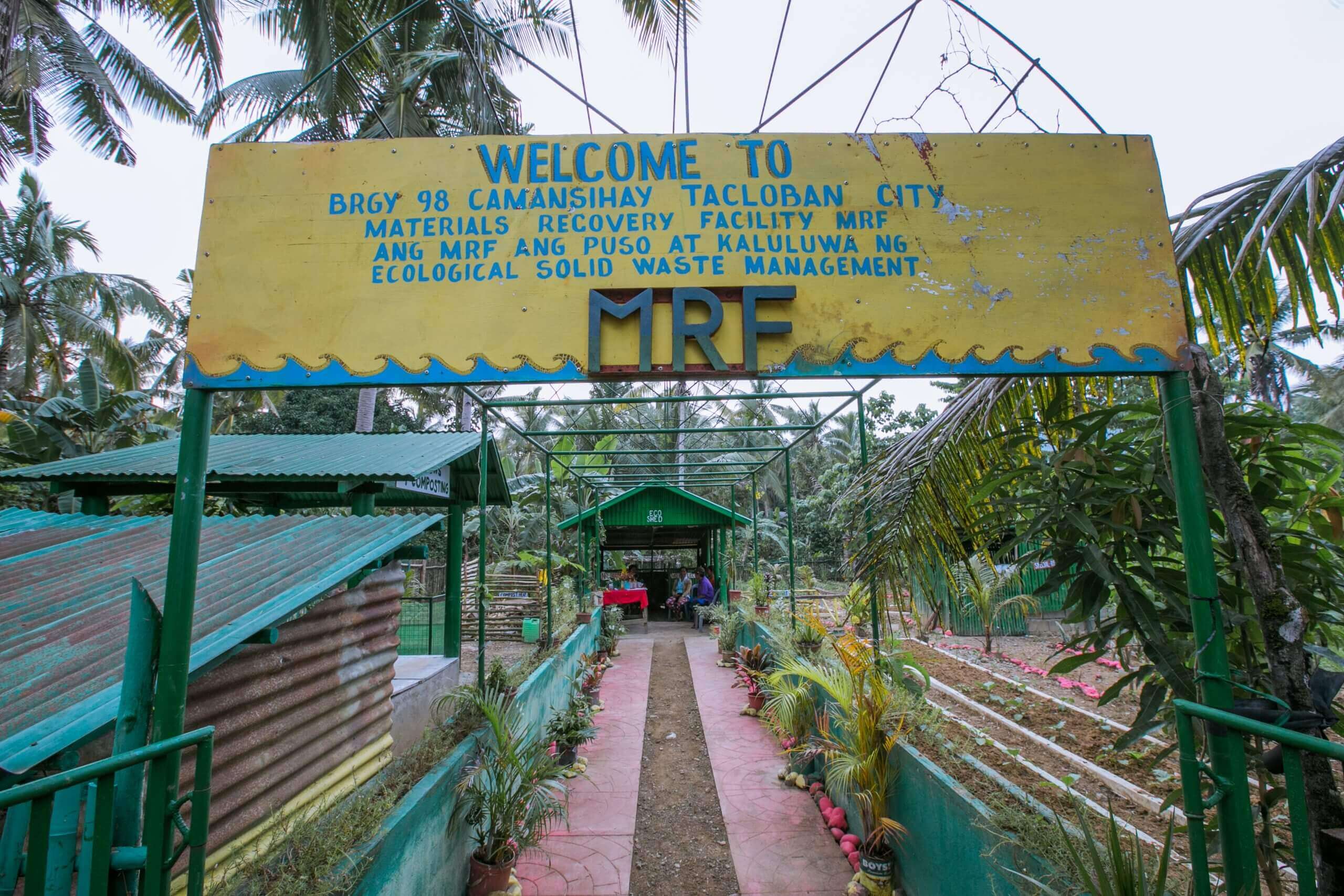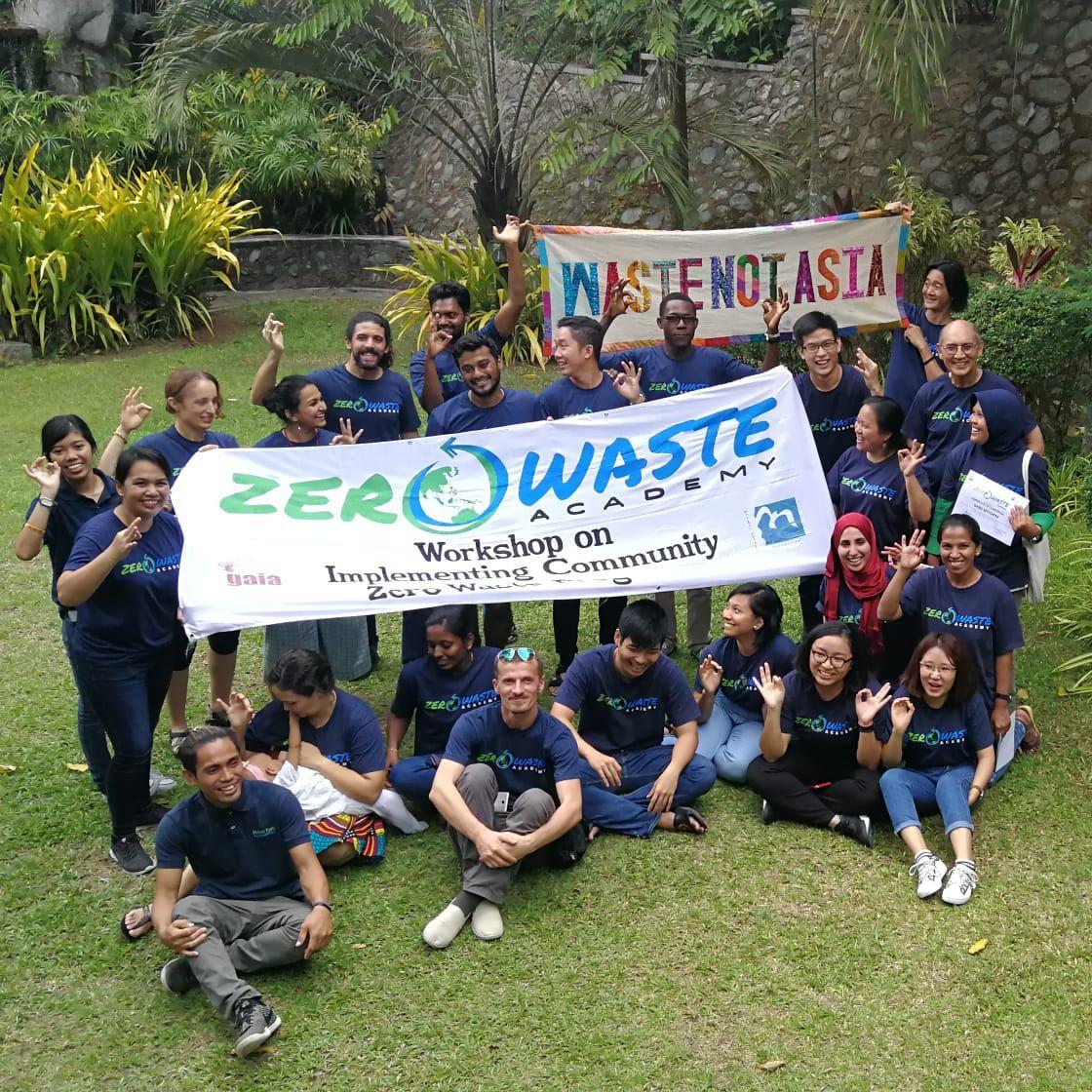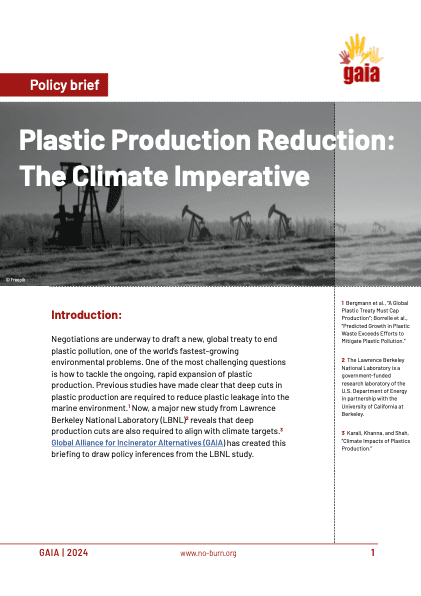Plastic waste constitutes between 60% and 80% of marine debris and is “one of the world’s most pervasive pollution problems impacting our oceans and waterways,” according to the U.N.
Over the past 60 years, plastics production and waste have dramatically increased, part of a global waste crisis whose drivers have included rapid urbanization, increasing consumption in both high- and low-income countries, and increased production of “throw-away” products. Indeed, the vast majority of plastics are not recycled at the end of their useful life, ensuring that this multiplication in production results in multiplication of harmful waste. From raw material extraction through to plastic polluting the ocean, plastics represent the failure of a predominantly fossil fuel based, linear economic system.
A problem this complex and embedded in our societies and economies requires solutions that address the cross-sector nature of the problem and are built upon sustainable and environmentally just frameworks that deliver permanent solutions and the deep changes we need.
For those new to waste issues, incineration, gasification, pyrolysis, and plasma arc may appear appealing. But our network’s experiences in countries around the world have shown that these approaches are at best a distraction from real solutions, and at worst a source of serious climate and toxic pollution. As part of the Break Free From Plastics movement, we know that this isn’t just about managing the problem. It’s about preventing it in the first place.
Incineration — including gasification, pyrolysis, and plasma arc — is not a viable solution for plastic pollution, and is harmful.
- Dangerous for marine life and human health. Burning plastic and other wastes releases dangerous substances such as heavy metals, Persistent Organic Pollutants, and other toxics into the air and ash waste residues. Experience looking at the few commercial-scale gasification, pyrolysis, and plasma arc facilities that have actually processed municipal solid wastes (as opposed to processing other materials) shows that these approaches can emit the same pollutants as mass-burn incinerators. Such pollutants contribute to the development of asthma, cancer, endocrine disruption, and the global burden of disease. Persistent Organic Pollutants travel long distances, and ultimately deposit into the ocean and polar ice caps, where they can adsorb onto other plastic marine debris and microplastics, bioaccumulating up the food chain, threatening marine and human health.
- New incinerator technologies are prone to failure and ineffective at eliminating plastic pollution. Many companies claim to heat plastic to turn them into oil or energy using new incinerator technologies such as gasification, pyrolysis, and plasma arc. Yet despite their impressive claims, these technologies have failed repeatedly in country after country. They can also be exorbitantly expensive. In many coastal countries in Asia — where issues of poverty, open dumping, and a lack of waste management infrastructure and services contribute to the release of significant quantities of plastic waste into the oceans — it would cost between $5-53 billion per year to operate large-scale incinerators built to European standards of health and safety — which still allow the release the release of dangerous plastic waste pollutants to air and into the ash residues.
- Smaller scale and cheaper options raise many additional questions: what types of pollution filtration is provided? What happens to any filtered toxics? Are combustion sites monitored for emissions? If any fuel made from plastics is used off site, how is monitoring possible?
- Bad for the climate and oceans. Plastic is a petroleum-based material, and when burned it’s like any other fossil fuel: it releases climate pollution. This in turn leads to rising sea levels, increased ocean and air toxicity, and destruction of coral reefs and other marine life. According to the U.S. Environmental Protection Agency, burning plastics is notably the worst possible end-of-life management approach for plastics from a climate perspective. Gasification, pyrolysis, and plasma incinerators are even less efficient at generating electricity than mass burn incinerators, and often supplement waste with coal and other fossil fuels in order to produce energy. Climate change is a major threat to our oceans and marine health.
- Violate the principles of environmental justice. Incinerators cause environmental injustices in the communities where they are built, which carry the disproportionate burden of the air pollution and toxic ash. These places — often in the global south or communities of color in the global north — are also disproportionately impacted by the climate change that incinerators contribute to. People around the world are developing real solutions to our waste and climate crisis, based on the principles of zero waste and environmental justice. For more information, see our blog on the power of community-based solutions to plastic in the global south.

Plastic Pollution Solutions:
Zero Waste + Redesign
The most cost effective, reliable, and proven solutions for immediate marine plastic pollution are found in zero waste models that are being implemented in many cities around the world already. Community-based approaches of decentralized waste separation and collection, increased resource recovery, composting, recycling and waste reduction, have opened economic opportunities for millions of waste workers and are being sustained at costs that are a fraction of what it would take to build any incinerator. Now is the time to support the expansion of sustainable zero waste practices to address plastic marine pollution and walk away from false solutions like plastic waste incineration, gasification, pyrolysis, and plasma arc.
Join Break Free From Plastics here!
Read our risk analysis for investors in gasification and pyrolysis
Read our analysis of proposed investment strategies for marine plastic pollution.




























